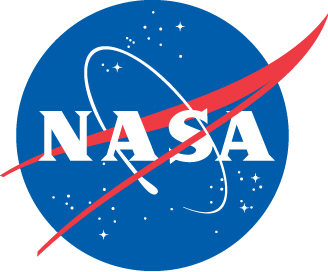Introduction to Teacher Pages
How did this project come about?
The authors of the Exploring the Environment-Global Climate Change (ETE-GCC) project are based at the Center for Educational Technologies at Wheeling Jesuit University (WJU/CET) in Wheeling, WV. The NASA Innovations in Climate Education project funded the development of the ETE-GCC climate science problem-based learning modules. You are encouraged to expand on what is provided in the ETE-GCC teacher pages with additional resources made available through NASA, the National Science Foundation (NSF), and the National Oceanic and Atmospheric Administration (NOAA) through the NASA Innovations in Climate Change (NICE) web listings.
How do ETE-GCC teacher pages relate to the Exploring the Environment teacher pages?
The ETE-GCC project builds on the Legacy Exploring the Environment® (ETE) project by providing six modules that specifically address key climate science issues. The ETE-GCC modules differ from the legacy ETE modules by requiring students to access and use NASA satellite images and data sets. Learning how to select and use satellite data and user-generated graphical representations of data provides your students with science literacy and analytical skills that are greatly needed in 21st century technical careers.
Is there a template of what is provided in the ETE-GCC teacher pages?
The first thing to notice about the module-specific teacher pages is that they are in a two-column format. The column on the left for each module provides:
- A short list of the topics addressed in the module.
- Grade levels for which the module was designed.
- The scenario and task around which the climate science problem centers.
- A list of suggested questions that you may use and build upon to launch your introductory presentation to the climate-focused problem-based learning activity.
- A topically relevant set of skill-building activities developed by educators working with the NASA Innovations in Climate Education project team. You can use these activities to introduce students to NASA data sets and satellite resources, which students will need to use when they complete each of the ETE-GCC modules.
- A list of learning objectives (and related climate literacy and science standards) that are addressed if the ETE-GCC module is completed as suggested.
The right column on the teacher pages highlights featured data, interactive applets, and related data resources that you will want to encourage students to make use of during their problem-based learning research and case-building analysis.
Is there a design framework behind the ETE-GCC teacher pages?
Early in the design process, the ETE-GCC curriculum development team partnered with the Earth System Science Education Alliance (ESSEA) and adapted its format for presentation for the module-specific teacher pages. ESSEA is a NASA, NSF, and NOAA-supported program implemented by the Institute for Global Environmental Strategies to improve the quality of geoscience instruction for pre-service and in-service K-12 teachers. Started in 2000 at WJU/CET, the program includes participation from 40 institutions. More than 3,000 teachers have completed at least one ESSEA course. ESSEA is based on a series of online courses for teachers that are offered by participating institutions. These institutions and faculty receive training, technical support, and the ability to create and share their own course modules and join an active community of Earth system science educators.



